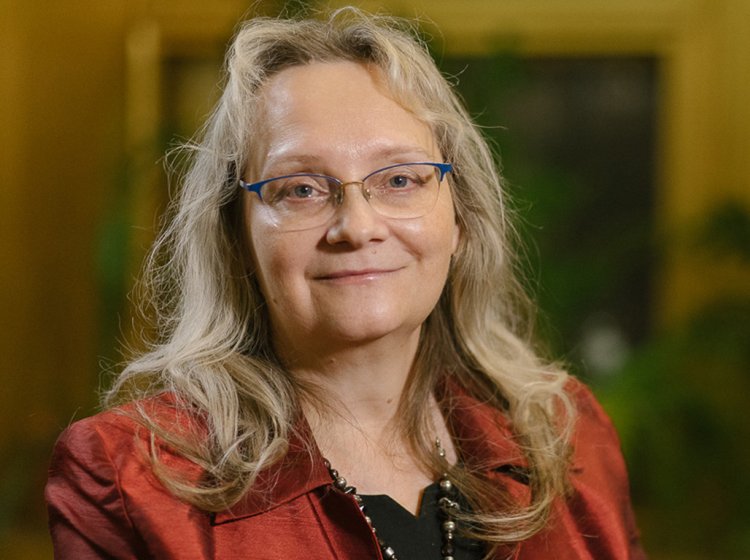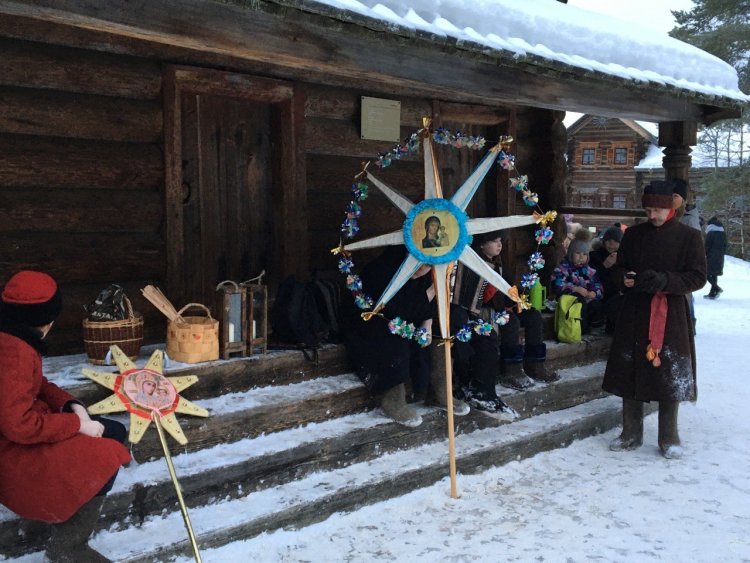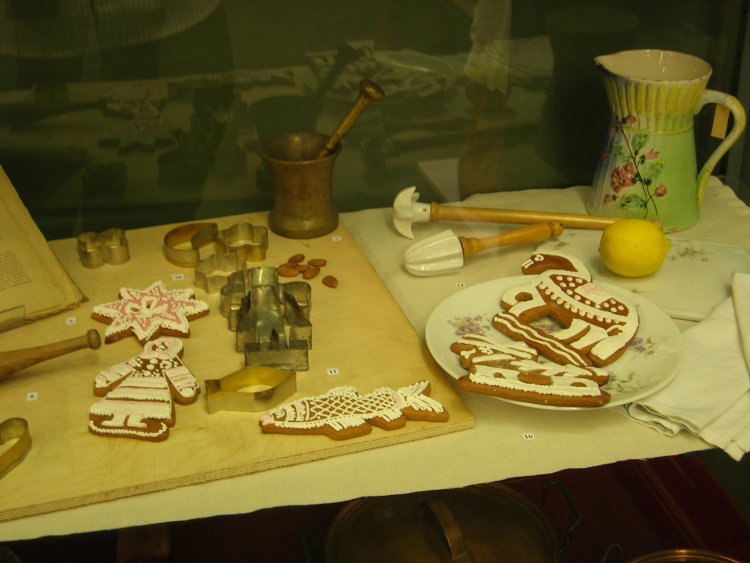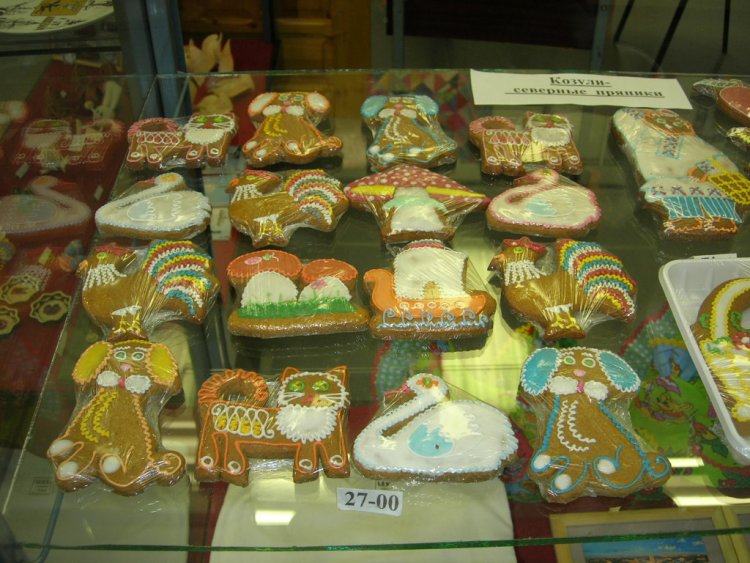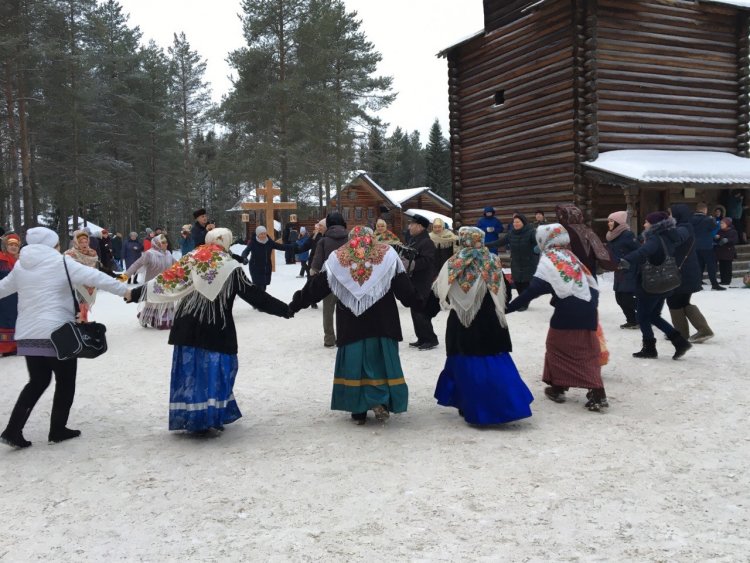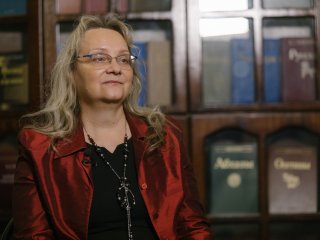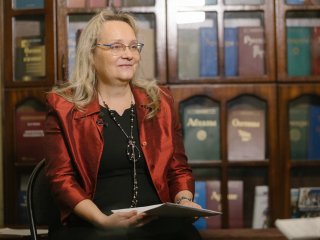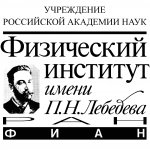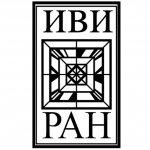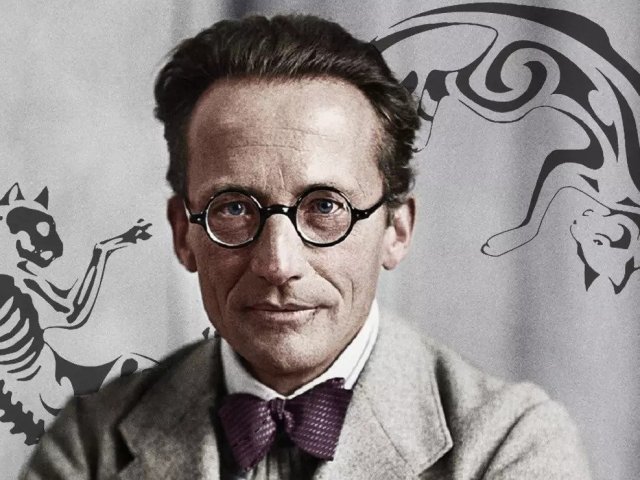On the night of January 6 to 7, Russia celebrates the wonderful holiday of Christmas. Alexandra Viktorovna Frolova – candidate of historical sciences, senior researcher of the department of Russian people of the Institute of Ethnology and Anthropology of the Russian Academy of Science, tells about Christmas fortune-telling, Christmas trees, and celebration traditions in cities and villages.
─ Did the traditions of celebrating Christmas in cities and villages differ?
─ Yes, of course. The rural environment itself has always been set up for conservatism, so incorporating new elements into the celebration is usually a city priority. The traditional way of celebrating Christmas with house calls by Christmas carolers, praises, songs, and dressing up (note, participants wore handmade costumes), the traditional baking of kozuli, as a rule, we can find in the villages.
It must be said that Christmas is a peculiar state of the astronomical year, the so-called winter solstice. This day is packed with the rituals of the Christmas period, because Christmas, as we know, opens the time of Christmas holidays: from December 25 according to the old style or January 7 according to the new one, and till the Epiphany, that is till January 19 according to the new style. On this Christmas holiday, every member of the village community, from young to old, participated in a huge number of rituals, Christmas processions in houses, gatherings with various games, fortune-telling, games and fun. It was believed that not only was it possible, but it was necessary to read the fortune on Christmas Eve!
The Star of carolers. January, 2019. Photo by Frolova A.V. Malye Korely Museum. Arkhangelsk region
─ Did people read fortune both in the village and in the city?
─ Yes, absolutely. And, by the way, it is the fortune-telling that distinguishes the celebration of Christmas in a city and the countryside most clearly.
If we talk about pre-revolutionary cities, i.e., before 1917, people often read fortune by paper: girls, for example, would write on paper their innermost desires or the names of their beloved. No wonder, since there were far more literate people in a city than in a village. Those papers with wishes were put under a pillow or in some other secret place and taken out in the morning. In a city, it was mostly girls who read fortune, while in a village it was not uncommon for young and even grown-up men to be the guests of fortune-telling. If we're talking about an older generation, people in the villages were mostly concerned not about love affairs, but about the harvest. They tried to find out about it by fortune-telling. They often asked for good health, too.
─ Is the tradition of fortune-telling still alive today? Or has all fortune-telling gone online?
─ You are right, fortune-telling is getting simpler indeed. And many of its kind have become obsolete, for example, fortune-telling by logs, when logs are collected in large piles, and a girl has to go to this pile of wood at night, stick her hand in it, and feel the log: her future husband will be just like the log she gets to touch. If it is smooth, her husband will be poor, if it is rough – rich, if the log has knots – expect lots of relatives. The fortune-telling by paper, which I mentioned above, is still popular.
By the way, young people are now braver than their grandparents. They can easily go both to baths or read fortune in mirror halls. Moreover, I have heard from an informant that young people in the city are not even afraid to summon spirits on Christmas days. In Arkhangelsk, for example, they most often call S. G. Pisakhov, a famous writer and artist of the North, who lived in the 19-20th centuries. All in all, it is fun!
─ Are there differences in holiday dishes in a city or a village?
─ This is a very interesting question, because the menu does actually differ. For example, it was common to cook a huge variety of festive baked goods in the villages. For the Arkhangelsk north it is shangi – amazingly delicious bakery. And in a city, salads were more popular. Recently, however, there is a tendency of convergence of urban and rural holiday menus.
The unique Christmas brand of the Arkhangelsk region – the ceremonial cookies, the so-called Christmas kozuli – are also worth mentioning. Twisted kozuli made of plaits of rye dough were widespread in villages, whereas in cities, masters crafted iron masterpieces of this gingerbread, using all kinds of iron molds and ingots: with patterned color paintings. It was very difficult to make such things in villages.
Kozuli and tools for crafting them. Photo by A.V. Frolova
Modern kozuli.
Photo by A.V. Frolova
─ Are the traditions of celebrating Christmas in the North somehow different from the rest of Russia?
─ Yes, they have their own unique rituals. In general, I believe the most authentic forms of Christmas rituals have been preserved in the Russian North. For example, consider such an interesting ritual mischief as kudesya, or Christmas mischief. The tradition is still alive in the regions of the Russian North! What is kudesya? If girls read fortunes, young men, in their turn, did kudesyas (from Old Russian "kudes" - charms, sorcery). We can say that it was a kind of ritual hooliganism, which was conducted only near houses, where unmarried girls, future brides, lived. For example, young men could break a pile of firewood, freeze the door to make it hard to leave the house, or thread a feather down a chimney to put the house on smoke when the owners would kindle the stove. They could also tie a piece of wood on a thread to a window pane to make it knock in the wind so that the owners would run out to see who was coming. Our fellow villagers took all these little pranks with humor and usually did not get offended. It was believed that the kudesya was a test of the family's economic soundness.
─ How was the Christian holiday of Christmas celebrated in Soviet times?
─ During the Soviet period, a very different culture was being formed, and Orthodox traditional holidays were forbidden, naturally. Therefore, all celebrations went to a family circle – so Christmas became a family holiday. Yes, people would go out dressed up, but they did not praise Christ in the streets, and the circle of ceremonial visits decreased – people only went to close friends, who would not denounce them, and only late at night. Everybody was afraid of denunciations, that was the situation at that time.
The tradition of dressing up was preserved; Soviet women loved to dress up as gypsy women, imitating the way they talk and walk, and men often dressed up as priests or animals, bears, for example. Women made pastries at home. Kozuli were as popular as they are now. The whole family would put up a Christmas tree.
─ By the way, is the Christmas tree a symbol of New Year or Christmas?
─ The Christmas tree is the symbol of Christmas, of course. It has passed quite a long way of development in our homeland. Christmas tree as an indispensable attribute of winter holidays appeared in our country in the times of Peter the Great and was originally associated with charity. The tree was brought to Russia from Denmark and Germany by our favorite princesses, who appeared after Peter I (four Hesse-Darmstadt princesses have become part of Russia's history). It took a long time for the Christmas tree to take root in our environment. The capitals held charity balls, children's parties, where a decorated Christmas tree was a must. So, initially it was considered as a city tree. And only later the fashion for a Christmas tree has reached Russian provinces.
Before the revolution of 1917, peasant community hardly ever decorated a Christmas tree: it was considered a bad omen to bring a tree into the house. But due to high popularity of Christmas, the tree eventually took root in villages as well. By the way, the revolutionaries, who were quite active in the late 19th – early 20th century, opposed Christmas to the New Year. And so, they celebrated the New Year with a Christmas tree exactly.
After the revolution, the Soviet government attempted to transform the beloved holidays of the church calendar, the Christmas and Easter holidays. The so-called Komsomol Christmas and Komsomol Easter appeared. But they failed to catch on. Then the leadership of the country took a hard line and simply forbade the celebration of Christmas. Even the Christmas tree was outlawed! And only after 1936, when it suddenly became clear that we had almost no more children's holidays, the Soviet authorities decided to return to the widely beloved Christmas tree. In general, all our holiday rituals and traditions were finally formed in the late 1930s.
Round dance in Malye Korely. January 2019. Photo by Frolova A.V. Malye Korely Museum. Arkhangelsk region.
─ Alexandra Viktorovna, lastly, I’d like ask how you celebrate Christmas. Turns out, you have a birthday during Christmas holidays!
─ Yes, my birthday is on January 7, on Christmas Day. By the way, New Year is my favorite holiday, and, as a person born in the Soviet era, I celebrate it the Soviet way: with a Christmas tree, salads, and champagne. It was in the Soviet times that this amazing array of New Year's salads, including everyone's favorite Russian salad, was formed. Tangerines and champagne also came into fashion at that time. I actively collect New Year's recipes and study the history of traditional food. I often cook traditional dishes, like shangi, which are so popular in the North. I always celebrate Christmas joyfully, and sometimes I can even tell fortune for fun, following the traditions of our grandparents. In general, I try to celebrate the holiday brightly and interestingly. And I wish you all the same!
